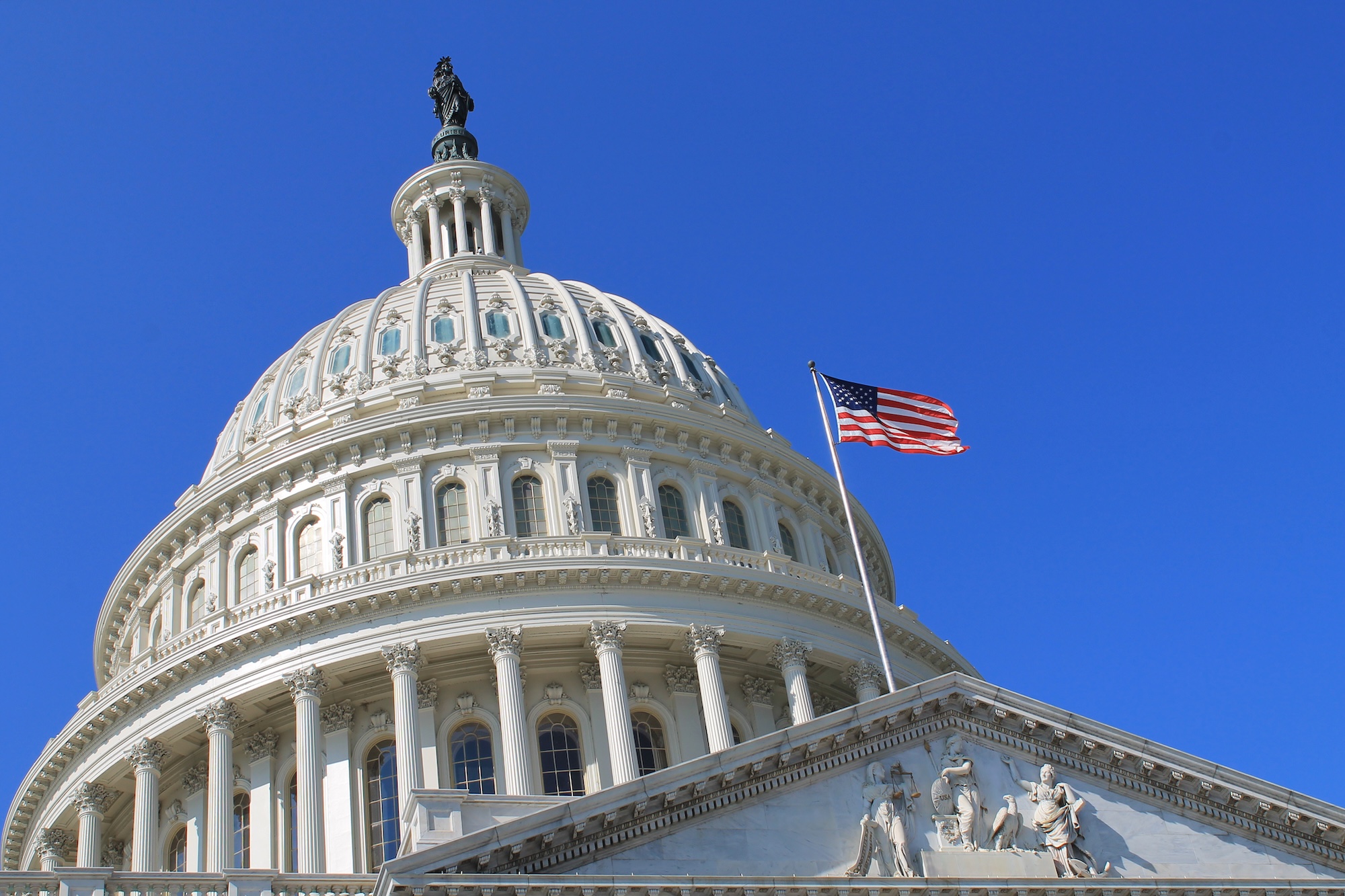
RECOMMENDED READING
The essay below was published June 8 by the American Compass foundation, as the introduction to a set of policy recommendations for restoring America’s manufacturing industry. A bipartisan consensus is emerging around the need to restore America’s technological edge and industrial base. Donald Trump won the presidency in 2016 by promising to make America great again and restore lost manufacturing jobs. His Democratic opponent Joe Biden announced July 9 a six-point plan to support manufacturing and research.
Biden’s outline mentions a $400 billion “buy American” program focusing on “clean energy and infrastructure: “unspecified incentives for American manufacturers; a $300 billion investment program for R&D including electric vehicles, 5G broadband and Artificial Intelligence; a “tax and trade” policy to help American manufacturers compete against foreign competition; and unnamed measures to “bring back critical supply chains to America so we aren’t dependent on China or any other country for the production of critical goods in a crisis.”
This is a welcome addition to the national debate. The risk in any industrial policy is that resources will be squandered on handouts to favored constituencies, subsidies to inefficient industries, dubious projects of political cronies, and so forth. Nonetheless, as I argue in the American Compass essay, America already has an industrial policy, albeit one that has been set by Asian economies. Asia subsidies capital-intensive investment the way that America subsidizes sports stadiums, so capital-intensive industry and high-tech manufacturing, in particular, has migrated to Asia away from the United States. It is encouraging that the issue has moved to the center of the presidential campaign, and it is to be hoped that the Republicans will offer a more detailed program for American industry and technology.
The devil is in the details. I encourage interested readers to review the whole American Compass symposium.
Recommended Reading
Talkin’ (Policy) Shop: Local Content Requirements
On this episode of Policy in Brief, Oren and Chris discuss how to spur private investment, innovation, and competition by guaranteeing demand for domestic production
Don’t Give Up on Bringing Manufacturing Back to the U.S.
Columnist Noah Smith appraises American Compass’s reshoring policy symposium: “Moving the Chains.”
Policy Brief: The Market Access Charge
Make American goods more attractive to foreigners than American assets











